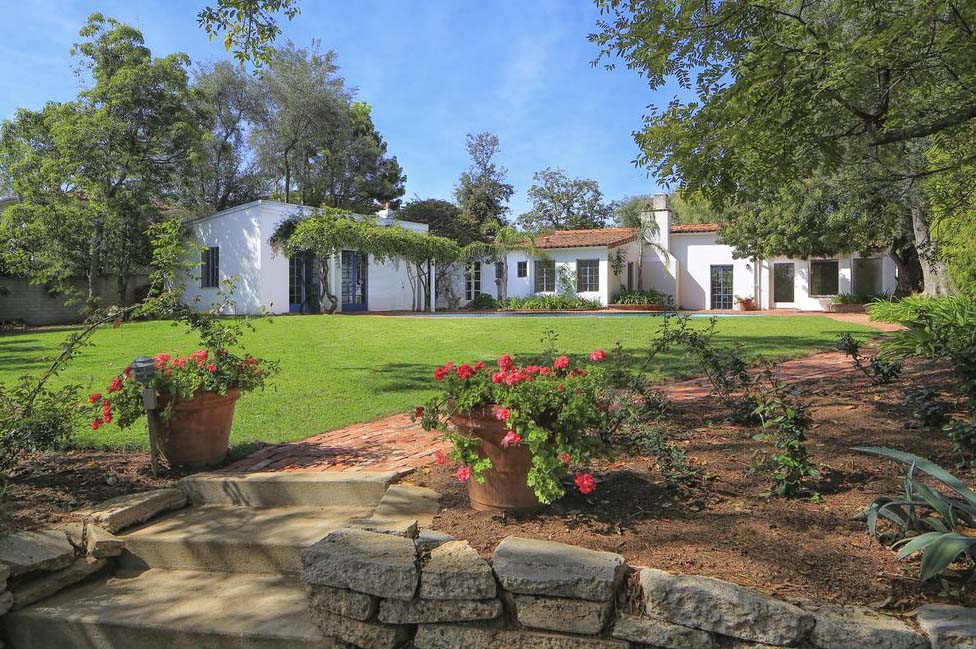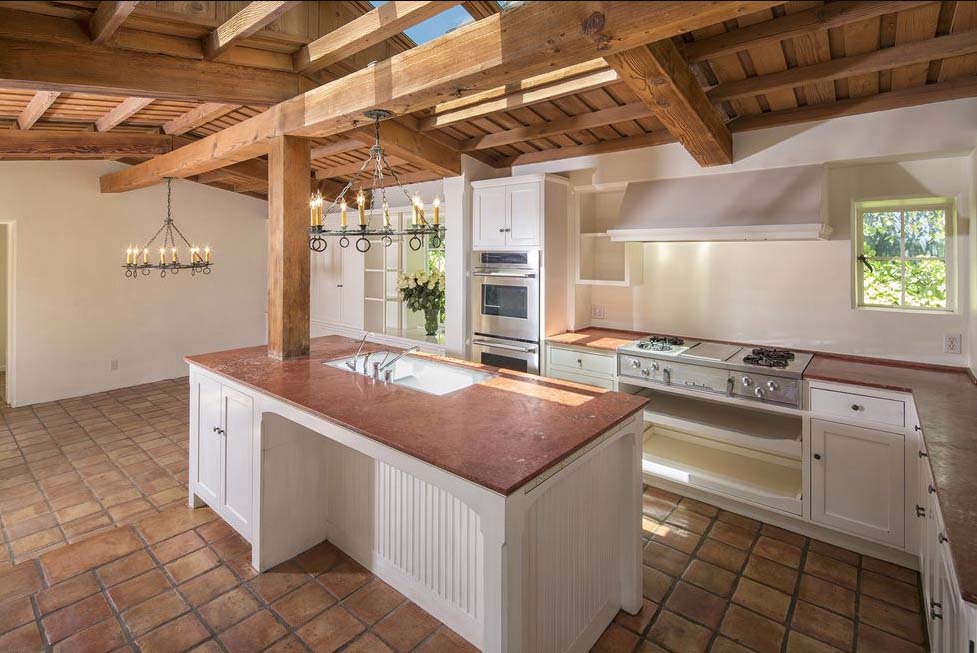The final abode of the legendary actress Marilyn Monroe, located in the charming Brentwood neighborhood of Los Angeles, has become the epicenter of a heated controversy. This house, built in 1929, is more than just a property; it's an architectural monument and a symbol of American film history.
The Controversy


12305 Fifth Helena Drive, a beautiful Spanish colonial-influenced hacienda, changed ownership in July of this year, sparking concerns about its fate. With its 270 square meters of space, this house holds special significance for Monroe's followers, as it was where her body was found in 1962. Despite some modifications over time, the residence still retains numerous authentic elements, from its arched architecture to the fireplace tiles.
Community Response
As soon as the new owner applied for demolition permits for the house, the public reacted vehemently. The Los Angeles City Council was flooded with calls urging to halt the process. This wave of outrage led to the approval of an emergency motion to stop any destructive action.
Historical Value
The house, which Marilyn Monroe purchased in 1962 for approximately 72,000 euros (equivalent to about 732,000 euros today), could finally receive the recognition it deserves as a historical and cultural monument. Monroe's fans have long advocated for this recognition, comparing it to the status of Graceland, Elvis Presley's residence.
The Mysterious Owner
Recently, the property changed hands to an entity known as the "Glory of the Snow Trust." However, the identities of the people behind this entity remain a mystery. The owner's plans for the house continue to be shrouded in secrecy, as do the names concealed within the trust.
The Future of the house


While the house still faces ongoing threats, public mobilization has had a significant impact, prompting a reconsideration of the fate of this historic property. "This house must be preserved as a crucial piece of Hollywood's and Los Angeles's history, culture, and legacy," says Los Angeles councilwoman Traci Park.
Despite the property still being in a legal limbo, it appears to have temporarily escaped the imminent danger of demolition. However, this case raises a broader debate about the preservation of cultural heritage in a city known for its constant transformation and destruction of its past.












